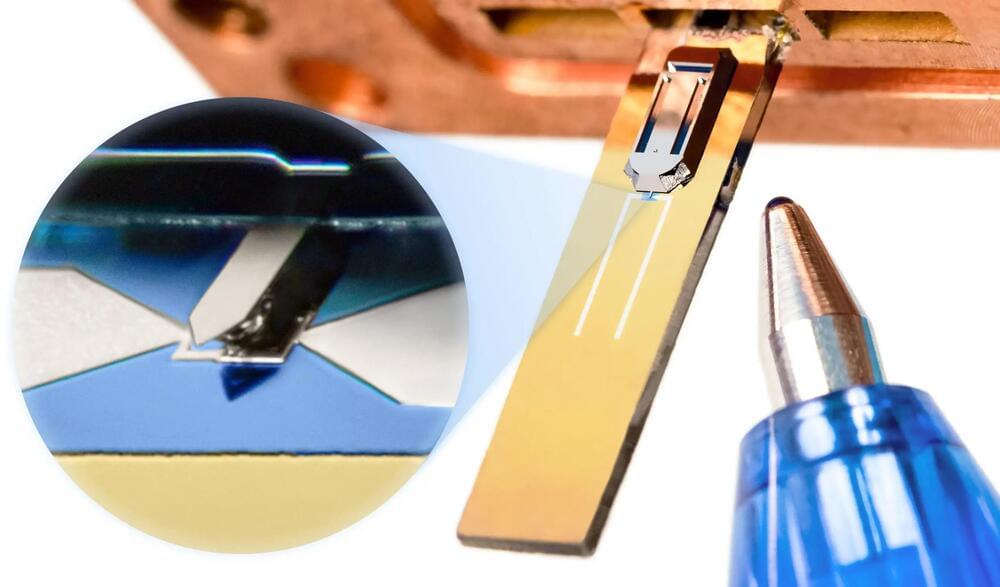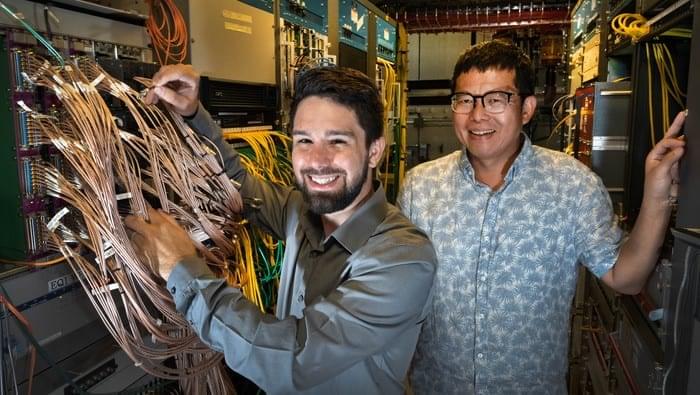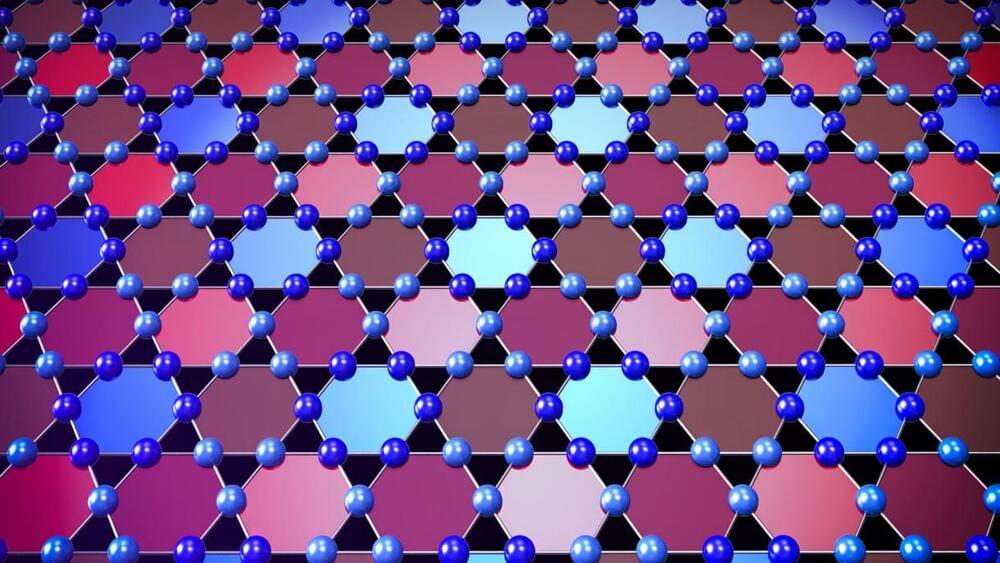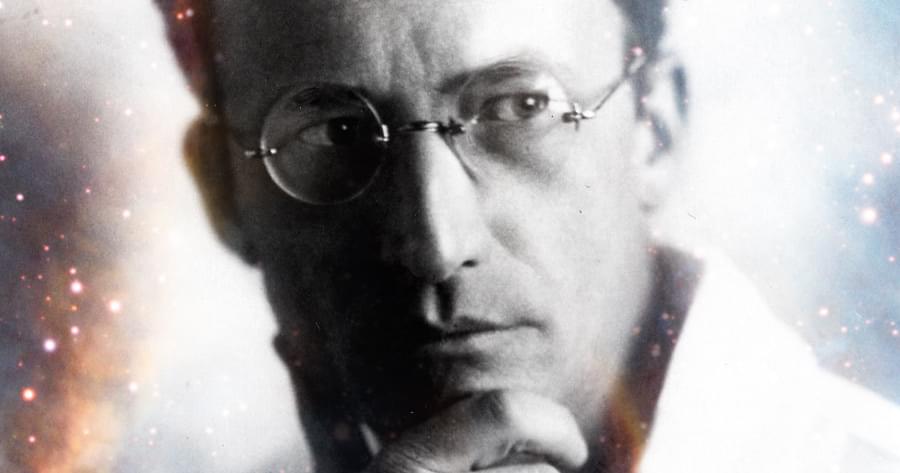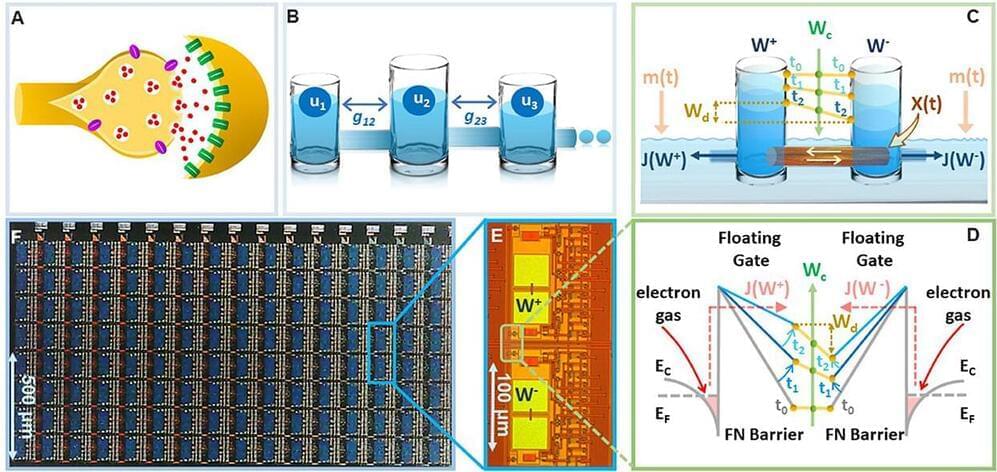Feb 11, 2023
A Blast Chiller for the Quantum World
Posted by Jose Ruben Rodriguez Fuentes in categories: particle physics, quantum physics
Through optomechanical experiments, scientists aim to delve into the boundaries of the quantum realm and lay the groundwork for the creation of highly sensitive quantum sensors. In these experiments, everyday visible objects are coupled to superconducting circuits through electromagnetic fields.
To produce functional superconductors, these experiments are conducted inside cryostats at a temperature of around 100 millikelvins. However, this is still far from low enough to truly enter the quantum world. In order to observe quantum effects on large-scale objects, they must be cooled to nearly absolute zero.
Absolute zero is the theoretical lowest temperature on the thermodynamic temperature scale. At this temperature, all atoms of an object are at rest and the object does not emit or absorb energy. The internationally agreed-upon value for this temperature is −273.15 °C (−459.67 °F; 0.00 K).
